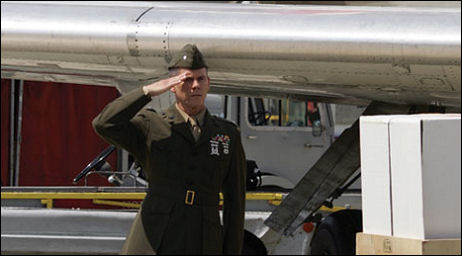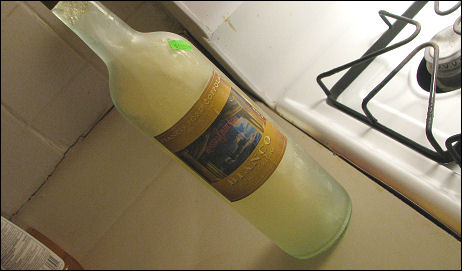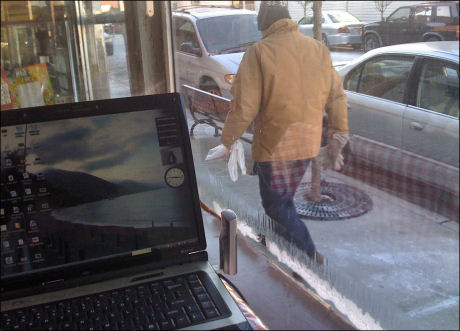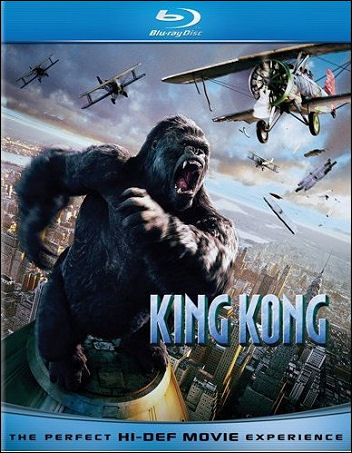I went into the 2009 Sundance Film Festival site and scanned through the films, A to Z. I’ve selected a few that I’m especially interested in for the usual reasons (loose talk, marquee factors, emotional allegiance). I didn’t include Mary and Max because I have a bit of a problem with claymation movies, sorry. I don’t how care “good” or popular it turns out to be. I’ll see it because I know the talk and would pay a price if I didn’t, but I’ll be going under duress.
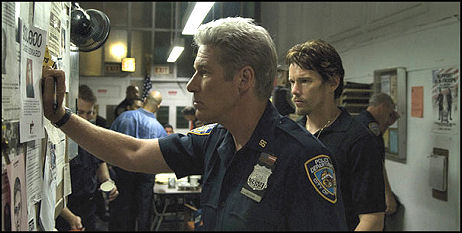
Brooklyn’s Finest, Director: Antoine Fuqua. Cast: Richard Gere, Don Cheadle, Ethan Hawke, Wesley Snipes, Ellen Barkin.

An Education, Director: Lone Scherfig. Cast: Peter Sarsgaard, Carey Mulligan, Alfred Molina, Emma Thompson.

Five Minutes of Heaven, Director: Oliver Hirschbiegel (bounce-back movie after the trauma of Joel Silver, Nicole Kidman and The Invasion). Cast: Liam Neeson, James Nesbitt, Anamaria Marinca.
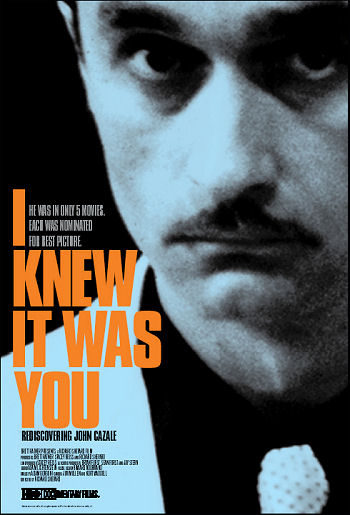
I Knew It Was You, Director: Richard Shepard. Doc about the late John Cazale, featuring Al Pacino, Meryl Streep, Robert De Niro, Francis Ford Coppola, Sidney Lumet, Gene Hackman.
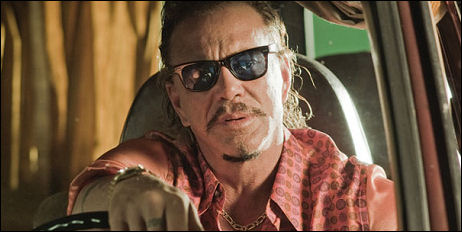
The Informers, Director: Gregor Jordan. Cast: Billy Bob Thornton, Kim Basinger, Mickey Rourke, Winona Ryder, Jon Foster, Amber Heard.

It Might Get Loud, Director: Davis Guggenheim. Rock music doc with Jimmy Page, The Edge, Jack White.
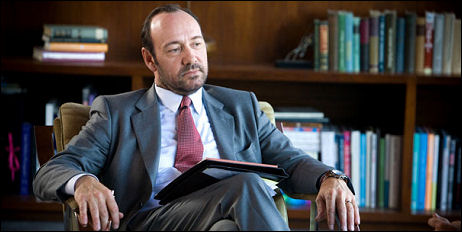
Shrink, Director: Jonas Pate. Cast: Kevin Spacey, Keke Palmer, Mark Webber, Dallas Roberts, Saffron Burrows.
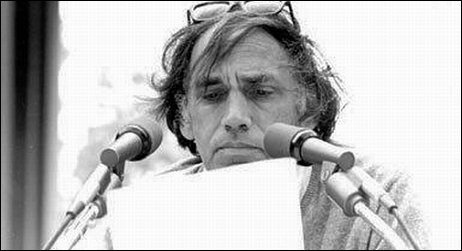
William Kunstler: Disturbing The Universe
, Directors: Emily Kunstler, Sarah Kunstler. Doc about famed radical leftie attorney who came to prominence in the ’60s and ’70s.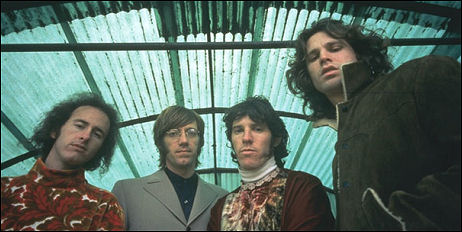
When You’re Strange, Director: Tom DeCillo. Doc about Jim Morrison, The Doors and (hopefully) everything Oliver Stone overlooked, got wrong or under-emphasized.





